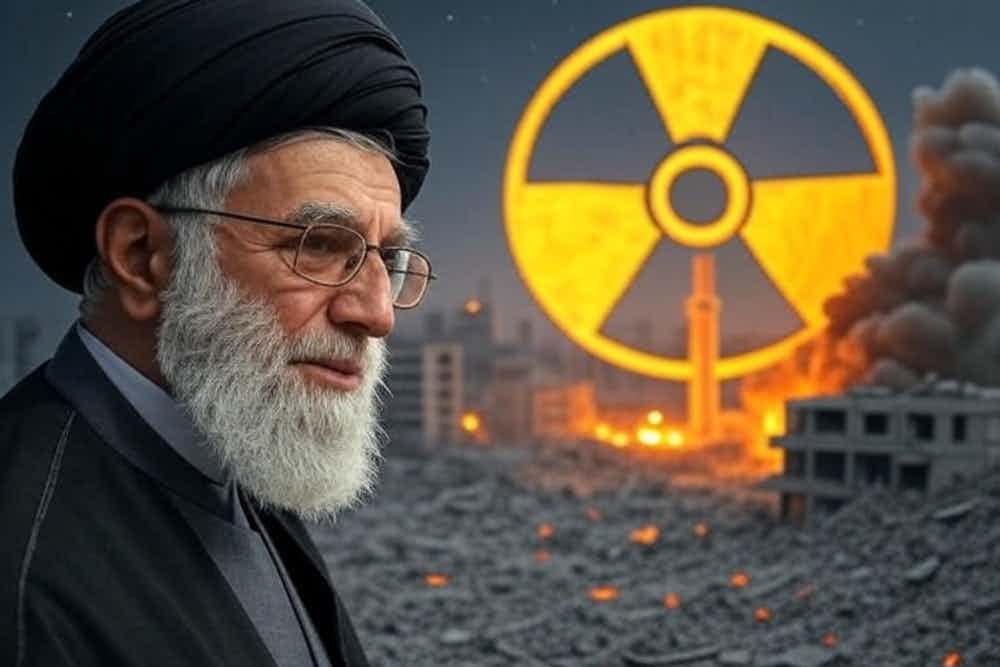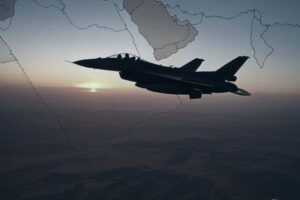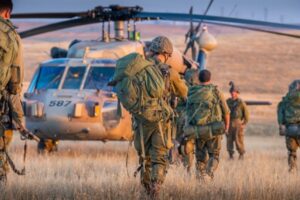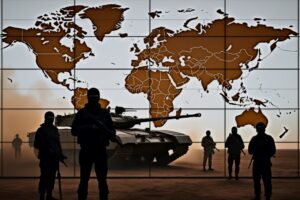
Iran’s nuclear program currently lies in ruins, with the Iranian regime stripped of its threshold status and facing a long road to recovery. While lingering capabilities remain, Iran would need 1-2 years to regain its nuclear status, say two top analysts – if it decides to rebuild and faces no disruptions.
Joint Israeli-US strikes dismantled Iran’s uranium enrichment infrastructure and destroying the bulk of its centrifuges, say ex-IDF Intelligence Chief Tamir Hayman and Iran expert Raz Zimmt.
About 15,000 centrifuges were obliterated in Natanz, the nuclear program’s crown jewel, crippling mass enrichment efforts.
Fordow, a key enrichment facility built in a fortified underground bunker, was hit by massive US munitions, inflicting irreparable damage.
The Isfahan nuclear site, vital for converting raw uranium into weaponizable forms, was severely damaged and likely knocked out.
Weaponization sites bombed
Uncertainty shrouds Iran’s enriched uranium reserves. Pre-war stocks included 408 kilograms at 60% purity, close to weapons-grade, but it’s unclear if this material was dispersed, hidden, or destroyed in the attacks.
Beyond enrichment, the Arak heavy water reactor, designed for plutonium production, was heavily damaged.
Weaponization efforts may also be stalled: strikes on sites like Parchin and the SPND research center headquarters in Tehran disrupted research, though the full impact remains unknown.
The targeted killings of over 10 top nuclear scientists depleted Iran’s expertise, potentially deterring new recruits. A reserve of less-experienced personnel exists, but replacing elite minds will prove challenging.
Compounding this, damage to Tehran’s nuclear archive has eroded the program’s institutional knowledge.
Iran’s difficult decision
Tehran’s post-war calculus presents an excruciating dilemma: revive the program for deterrence and national pride, or abandon it to avert economic collapse and further isolation?
Rebuilding would demand billions in funding amid a shattered economy, replacement of lost centrifuges and expertise, and evasion of intensified surveillance.
A revival of the project could invite more strikes from Israel or the US, potentially sparking a broader conflict that could threaten regime survival.
But for Supreme Leader Khamenei and Iran’s hardliners, conceding defeat might erode regime legitimacy and deterrence, domestically and externally, after years of rhetoric framing nuclear advancement as a sovereign right against Western aggression.
In the bottom line, Iran’s nuclear ambitions are now at their weakest in years. The path forward depends on Iranian decisions, international reaction, and US-Israeli action in case Tehran tries to revive its nuclear project.


